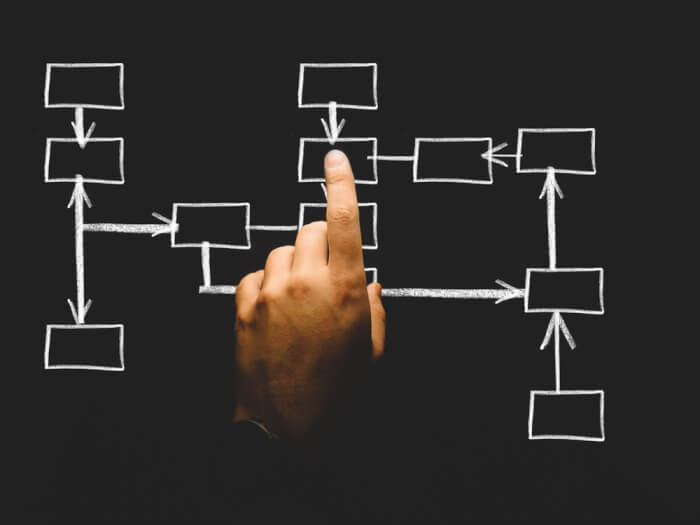Stop and think about it for a while. When was the last time you actually saw someone walking around with a big wad of cash? Even if you do, chances are it isn’t very often. However, just about everybody carries a debit or credit card with access to hundreds, if not thousands, of dollars.
These methods of payment all require electrical infrastructure that communicates between the seller and the account of the buyer to facilitate the exchange of money, hence the term ‘e-payment.’ There are lots more in-depth articles for those who are seeking to figure out what is e-payment, but this article will focus more on each of the individual players in the e-payment system. Hopefully, this guide will smooth over what happens behind the curtain whenever any sort of electronic purchase is done.
The Customer
Out of all the people to be in the situation, this one is most likely to be you. The customer is the person who wants something, as simple as that. Assuming the customer has enough money on their credit or debit card, there are little other things required of them besides swiping their card or entering a PIN.
The Issuer
This credit or debit card had to be created and connected to the bank somehow, and this is done by the bank itself, which is referred to as the issuer. The issuer has created the card and given it to the customer, so they may use it to make their purchases with money in their accounts.
The Merchant
The inverse of the customer would be the merchant. The merchant has something to sell and has managed to convert someone from a non-customer to a customer. They have the responsibility of managing the storefront and ensuring they can make a buck at the end of the day.
The Acquirer
The acquirer is the merchant’s equivalent of the issuer. The acquirer works to take the balance that has been deducted from the customer’s issuer and store it for use by the merchant. Ensuring that the money goes from the merchant’s point of sale system to the acquirer is facilitated by a payment processor, arguably the most crucial part of the entire process.
The Payment Processor
Often a separate entity in and of itself, the payment processor is responsible for moving the money received by the merchant into their accounts controlled by the acquirer. Some payment processors, such as Interac, take a percentage of every transaction as payment for this, which is why you’ll see some stores offer lower prices for those paying in cash. They provide all of the infrastructure and pathways necessary to ensure the merchant gets paid for the goods they have given to the customer.
Conclusion
As you can see, there are a full five participants involved in any e-payment transaction, each fulfilling their own role. The payment processor often has the most luxurious position in this entire hierarchy, as they can charge a premium for their services, ensuring that the path from Issuer-Customer-Merchant-Acquirer goes smoothly. Without the payment processor, no e-payment would be able to go smoothly. All we know is we’re happy we have some intelligent people to make sure everything keeps flowing smoothly in our increasingly cashless world.









